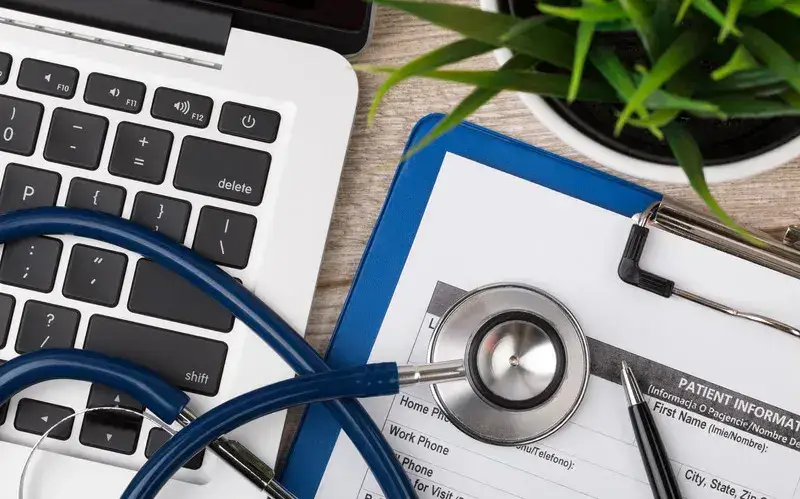 The Electronic Health Record (EHR) has completely changed the way physicians treat their patients and it was believed that with the introduction of EHR, medical transcription services will come to an end. But with the EHR system, physicians are forced to spend more time on their computers capturing patients’ medical information rather than focusing on patients. Physicians also tend to miss out on opportunities to engage with patients while using the EHR. Many studies have shown that physicians spend one third of their time in the exam room looking at computer screens. A study conducted by the University of South Carolina found that primary care doctors cut their patients off just 12 seconds after entering the examination room. Some other studies have shown that the average doctor visit lasts just 13 to 16 minutes, during which patients get an average of 23 seconds to speak. Documenting medical details is a time-consuming task and with so little time to listen, one cannot blame the doctors if they are unable to spend more time with their patients. However, improving patient flow and reducing patient waiting period is essential for increasing the efficiency of healthcare providers. So here are some tips to ensure better patient flow:
The Electronic Health Record (EHR) has completely changed the way physicians treat their patients and it was believed that with the introduction of EHR, medical transcription services will come to an end. But with the EHR system, physicians are forced to spend more time on their computers capturing patients’ medical information rather than focusing on patients. Physicians also tend to miss out on opportunities to engage with patients while using the EHR. Many studies have shown that physicians spend one third of their time in the exam room looking at computer screens. A study conducted by the University of South Carolina found that primary care doctors cut their patients off just 12 seconds after entering the examination room. Some other studies have shown that the average doctor visit lasts just 13 to 16 minutes, during which patients get an average of 23 seconds to speak. Documenting medical details is a time-consuming task and with so little time to listen, one cannot blame the doctors if they are unable to spend more time with their patients. However, improving patient flow and reducing patient waiting period is essential for increasing the efficiency of healthcare providers. So here are some tips to ensure better patient flow:
- Ensuring steady and robust patient flow is not just the duty of the doctors; it requires full office alignment on goals and is definitely a team effort. You can help campaign for improving patients flow by sharing the benefits it brings for patients as well as the staff as well, such as getting back home earlier and generating more income. Make your office staff realize the tangible benefits of improving patient flow.
 Identify the blockages in your patient care process.
Identify the blockages in your patient care process.
- For this you must carefully document the entire patient visit; you can request volunteers to do the same for you. It should be ensured that each minute detail of the appointment is recorded as well as any observations and impressions.
- Measure and document how much time each segment of a patient visit takes and pay attention to waiting times. Record the total time right from a patient’s arrival time until departure. Continue these tracking timings to get a clear understanding of the dynamics of your practice.
- Streamline patient check-in by having patients fill out any forms or paperwork your office staff needs prior to their appointment. Also ask patients to bring a short list of relevant health information. Prevent cancelling of an appointment, determine if all necessary information is available in patient charts the day before and reschedule it to the next day if needed. EHRs can help by providing real time updates of lab and imaging results. Also, review the schedule of work.
When trying to improve patient flow, test small changes at a time. Another alternative is quick processing of medical documentation. Today, many healthcare organizations hire EHR-integrated medical transcription services to reduce the documentation burden significantly. Medical transcription companies offer customized solutions at affordable rates and also help physicians and other healthcare professionals focus more on providing quality patient care and service.


